papilio_
Well-known member
I thought I'd have a go at emulating the very interesting effects of the brand new and unique Venus Optics Laowa 15mm Wide Angle 1:1 Macro lens. Taking an old Nikon D40 and 18-55mm kit lens set to its widest end, I used a few step-up rings between the lens and camera body serving as a short extension tube to allow it to focus much closer than normal, giving it macro capability -- in this case the mantis is just half an inch from the lens. Modeling clay and velcro were used to hold the lens and camera together.
Setting the lens to its smallest aperture of f/22 in order to keep the background recognizable required hand held exposures of 1/4 second at ISO 400, while the foreground/mantis were lit with a well-diffused fill flash.
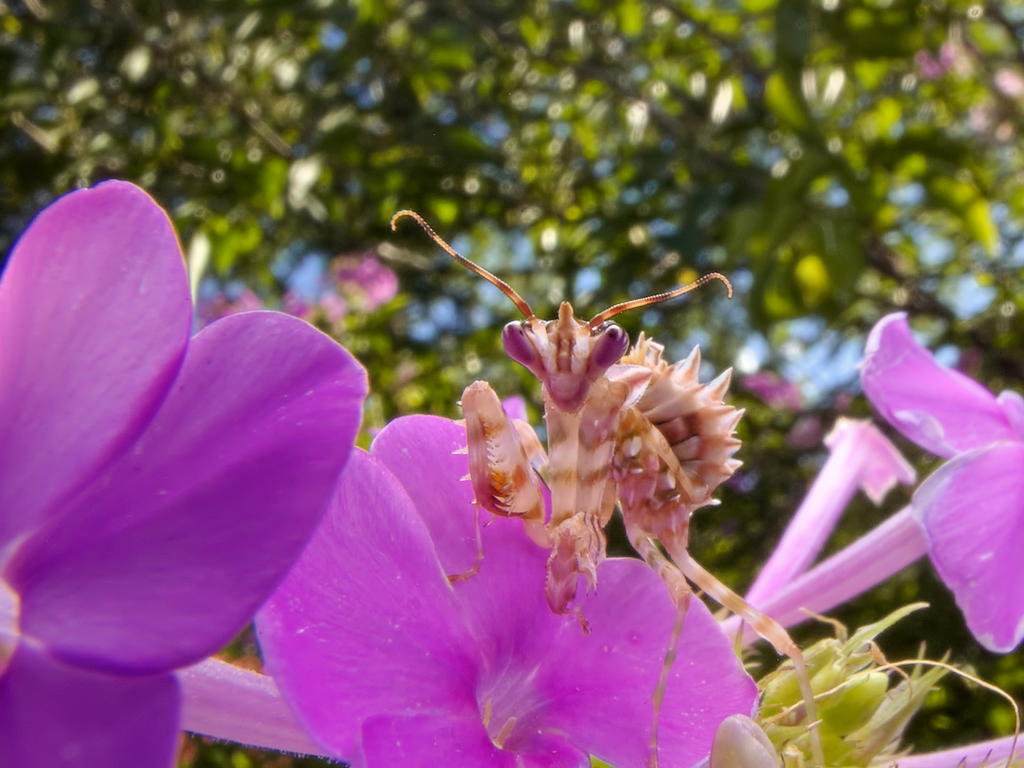
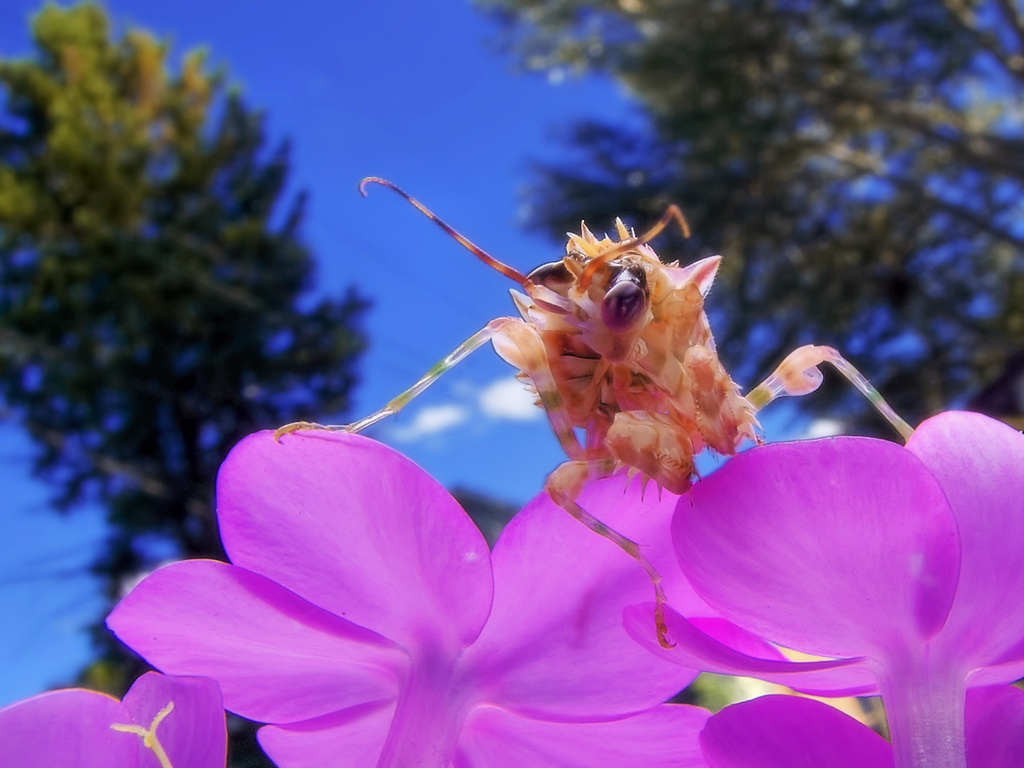
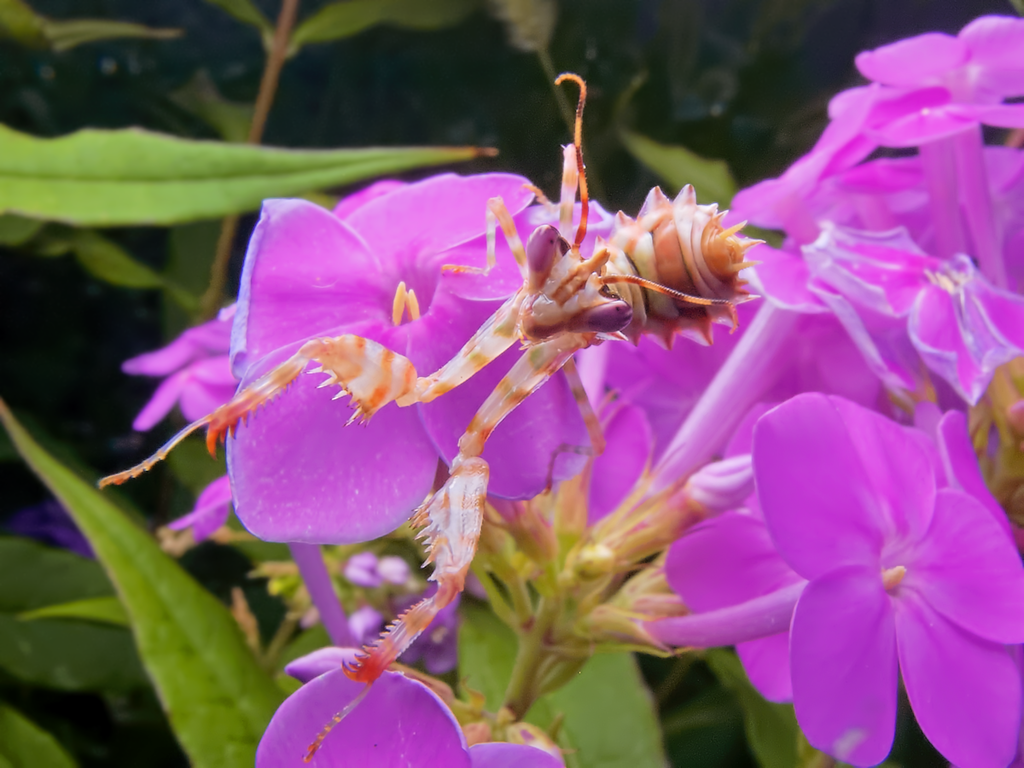
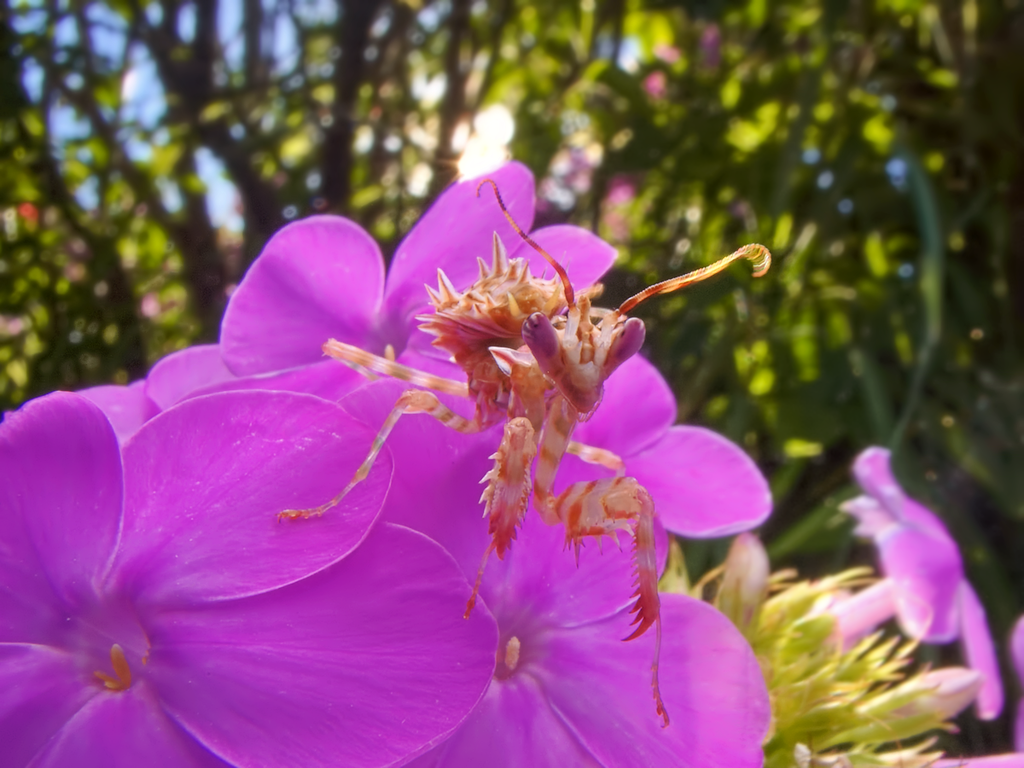
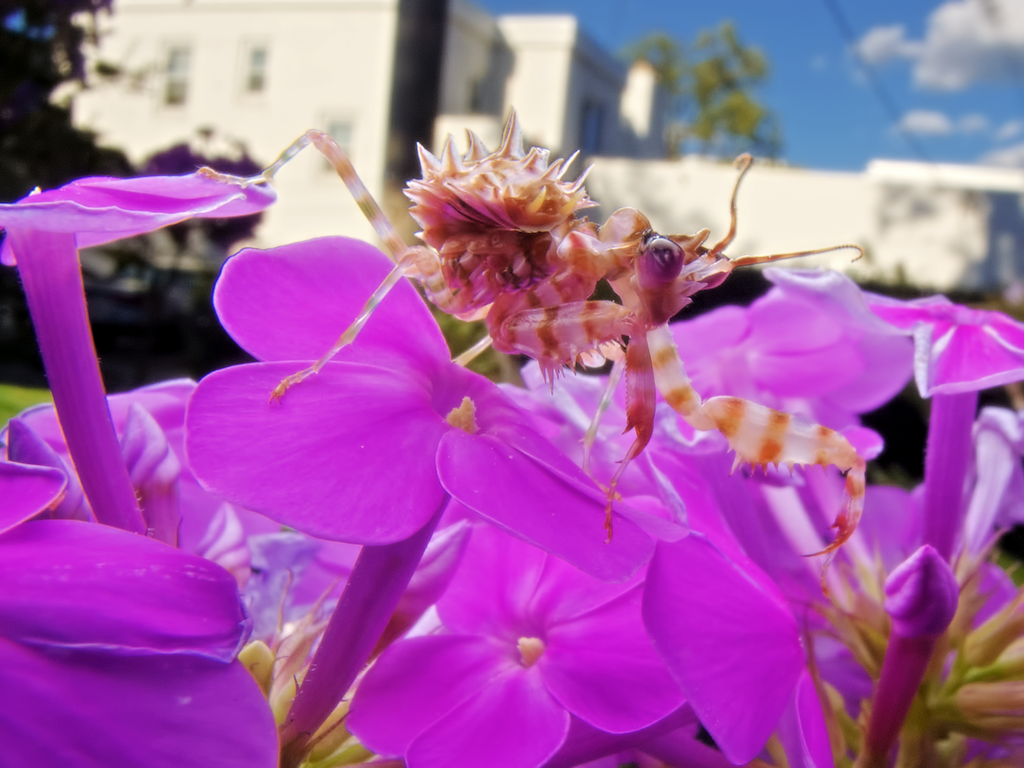
Setting the lens to its smallest aperture of f/22 in order to keep the background recognizable required hand held exposures of 1/4 second at ISO 400, while the foreground/mantis were lit with a well-diffused fill flash.








